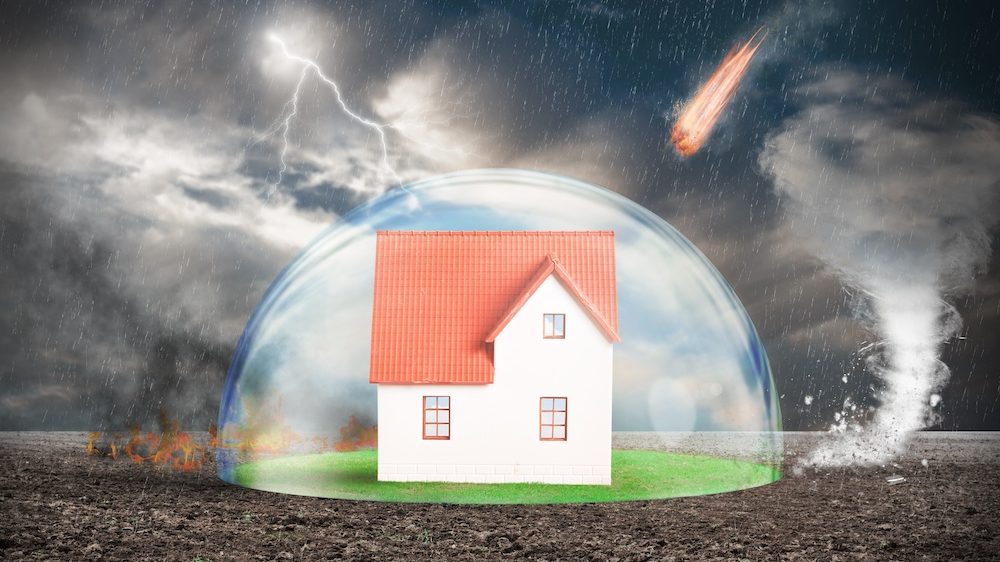When a severe storm is heading your way, it is important to take the necessary precautions to protect yourself, your loved ones, and your property. This type of weather can be dangerous, so make sure you are prepared! In this blog post, we will discuss some of the best ways to protect your home before and after a major storm.
First Major Steps of Home Protection
One of the best ways to prepare your home from storm damage is by making sure your home is properly insulated. Installing storm windows and shutters, covering windows with plastic from the inside to keep cold air out, securing loose roof tiles, and checking the seams of your home for gaps are just a few ways to verify strong insulation. Having a personal Home Inspection Checklist is always a great way to double-check your security!
Don't Forget the Outside
Fortifying your home is always a great way to prevent damage, but the area immediately surrounding the outside of your home can be just as destructive. Cutting down or trimming large trees around the property lessens the risk of falling trees and limbs.
Keep your drains and gutters clear allows any water to flow away from your home and towards the correct sewer systems installed in your neighborhood. Cleaning and maintaining should happen at least twice a year based off of surrounding trees and foliage.
Make sure you have a place to lock up any loose furniture or items from outside. Trampolines, lawn chairs, tables, and toys can cause severe damage to your home and any surrounding buildings or vehicles.
Another important step in home protection is surge protectors. With storms comes lighting, installing a lightning rod or a lightning protection system nearby can protect your electronics and appliances from a major power surge.
If You Have to Evacuate
When you find that you have to leave your home, make sure it is properly secured before leaving.
- Lock any and all of your doors and windows. Windows that are vulnerable to breaking should be reinforced with hurricane shutters, storm bars or sandbags. Emergency Board Up
- Put away all loose items and furniture from outside into their storm safe location (i.e garage, barn, shed).
- If you have a generator, make sure it is in a well-ventilated area and always follow the manufacturer's instructions.
How to Prepare Financially
If a storm does hit and the worst case scenario happens, it is always a benefit to know what your next steps would be financially. In order to prepare, review your insurance policies. Make sure you understand what is and might not be covered. If you live in a flood-prone area, consider double-checking your insurance for flood coverage.
Another best practice is to create a home inventory list with all of your furniture, electronics and expenses documented. It is suggested to video through your home and label each piece with name, cost, date of purchase and any other important information. This will allow you to have on hand the value of what might have been damaged inside your home.
Storms can be frightening events, but with proper preparation, you can keep your home prepared and safe. Follow the tips in this blog post to make sure you are ready for whatever storm comes your way. Stay safe!
ABOUT US: INVEST IN SURVIVAL
At Invest In Survival, we are committed to getting you what you need when you need it, and where it matters! We look forward to serving you to keep you supplied with the necessary tools, gadgets, and Information to keep you functioning through ANY emergency.
Our goal is to help you prepare in advance to survive any disaster with the appropriate Emergency Response and Emergency Recovery tools and supplies. We always keep an eye on the latest trends in the market, global events, and customer desires. That is why we have satisfied customers all over the world, and are thrilled to be a part of the Disaster Relief community.

